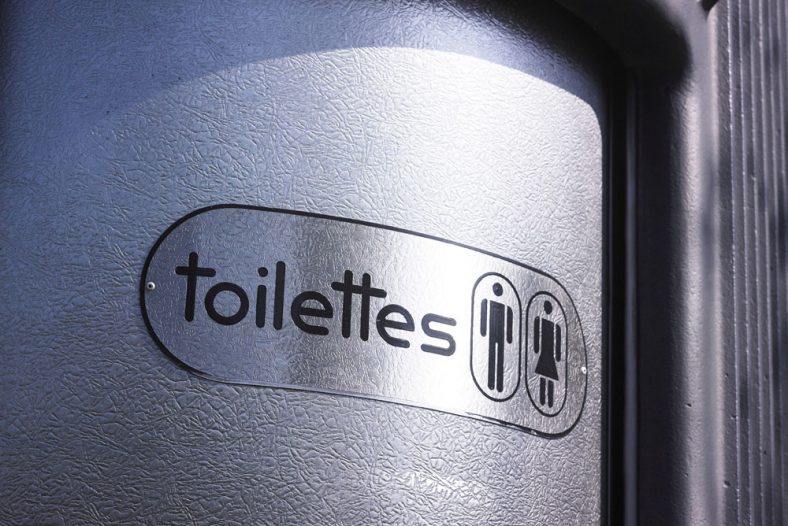Accessibility: public toilets for all!

How can we make public toilets accessible to all, able-bodied and disabled alike? Aimed at manufacturers and contractors, the new edition of the French voluntary standard P99-611 offers four configurations.
Accessibility, dimensions, hygiene, user safety… The French voluntary standard P99-611, originally published in 1992, is getting a makeover. Objective: to guarantee safe, reliable, clean service for all! ” The issue of accessibility was the common thread running through this new version ,” stresses Yves Bozelec, Chairman of the BNBA (Bureau de Normalisation du Bois et de l’Ameublement, under delegation from AFNOR) “Mobilier Urbain d’Ambiance et de Propreté” (Ambiance and Cleanliness Street Furniture) standardization committee, as well as an architect with the Paris City Planning Department. The revision was prompted by a request from associations for the disabled. As for professionals, they too have expressed the need to update this outdated voluntary standard.
A lot has changed since 1992. Particularly in terms of accessibility. Since 2005, Law 2005-102 has made it compulsory for all establishments open to the public and public transport to be accessible to people with reduced mobility. Since then, new regulatory requirements have reinforced this law.
” Manufacturers, public authorities, local authorities… Professionals from all walks of life have worked together to produce a new version that takes account of these new regulations and technical developments,” emphasizes Yves Bozelec.
Public toilets: hygiene, safety, accessibility
Published at the beginning of January 2018, the new version of the French voluntary standard P 99-611 proposes four types of toilets depending on the degree of accessibility, with different functions and uses. Accessible from both sides or without turning inside… The four configurations on offer enable manufacturers and contractors to meet the needs of both able-bodied and disabled users, as well as the expectations of local authorities. ” All types of disability are taken into account, including visual impairments. For example, visual contrast is essential to facilitate the detection of certain equipment and the reading of signage or information. “concludes Yves Bozelec.
Other major changes have been made to the voluntary health and safety standard P 99-611. For example, automatic cleaning must cover the entire public washroom: toilet bowl, floor, bottom of walls, etc. With regard to user safety, recommendations are made concerning visibility, isolation and presence detection.
For manufacturers and builders, the voluntary French standard P99-611 is a major advantage when it comes to standing out from the crowd in calls for tender by offering accessible public toilets that comply with current regulations.
> Buy the voluntary standard NF P 99-611 “Mobilier urbain d’ambiance et de propreté – Sanitaires publics – Classification – Spécifications et essais” (in French)
> Join the AFNOR “BNBA/AF085 Mobilier urbain d’ambiance et de propreté” standardization committee…
Adobestock/Studio Grand Ouest